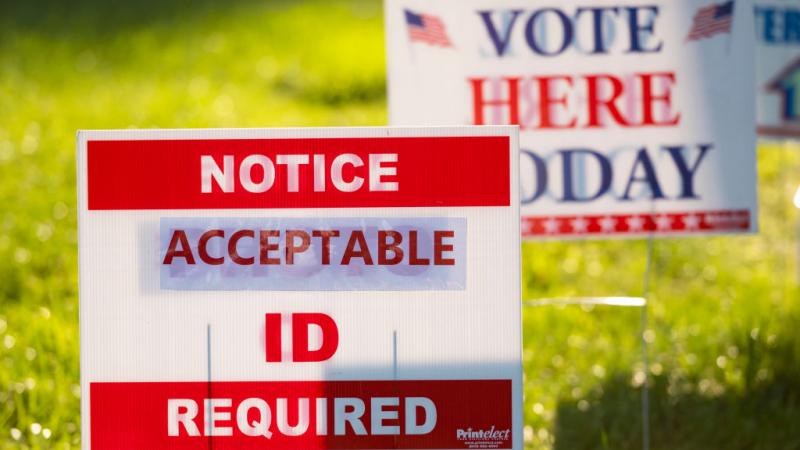More than 30,700 mail-in ballots in Illinois for November election were rejected
More than 2.2 million mail-ballots were requested across the state for November's election.
About 30,700 mail-in ballots in Illinois were rejected statewide in last year’s November election, according to preliminary data from the Illinois State Board of Elections.
Data shows a total of more than 2.2 million mail-ballots were requested across the state for November's election. More than 657,000 were returned with around 626,300 counted. That’s a difference of about 30,700.
Illinois lawmakers expanded mail-in ballots during the pandemic to go beyond absentee requests, allowing anyone to request a ballot. The Democratic-controlled state legislature further expanded mail-in balloting to allow for the universal option to be a standing request for voters who apply with their local elections official.
In DuPage County this past election, an election official was comparing mail-in ballot applications to verify signatures on the ballots, not the original voter signature on file with the county’s elections office. A lawsuit over the issue is pending.
On Friday, the Illinois legislature further modified the mail-in balloting law.
A Senate amendment to House Bill 45 makes changes to correct a drafting error in state law and make clarifications in various judicial circuits.
The measure also strikes out of state elections law the requirement an election authority compares the signature of a mail-in ballot with the official voter file held by the county clerk.
State Rep. Curtis Tarver, D-Chicago, said the measure is needed because of updated technology.
“Our thought in the language is that it would allow for both the digitized as well as the original placard for voter registration,” Tarver said during floor debate Friday. “We’re clarifying it now to check the voter registration or the signature on the application as it relates to the ballot for vote-by-mail.”
State Rep. Amy Elik, R-Alton, said that’s not clear in the bill, and the approved language is a problem.
“If that ballot comes back and all that they’re comparing it to is the application, that’s not a comparison at all,” Elik said. “So, I want to make that clear that this is causing the opportunity for more voter fraud.”














